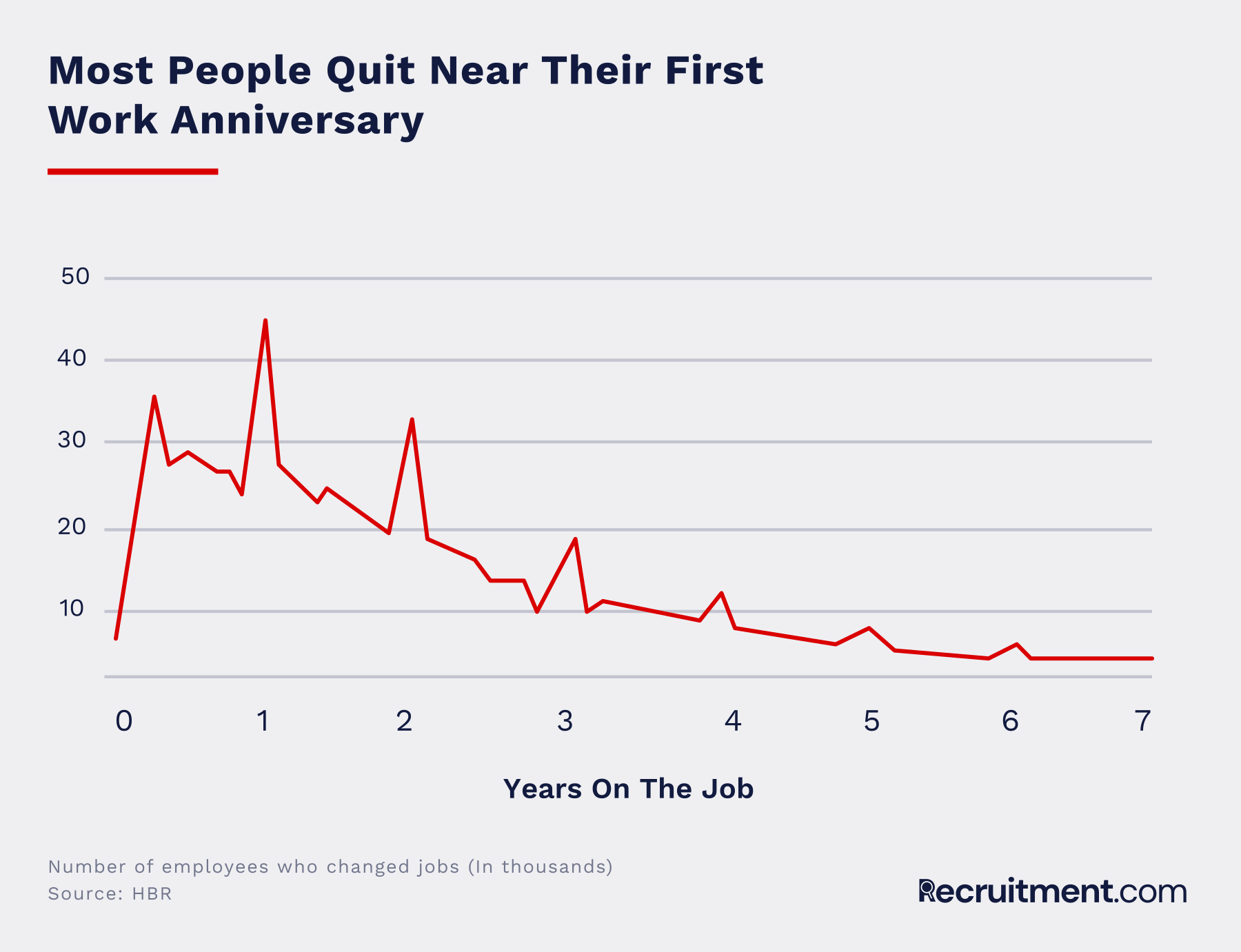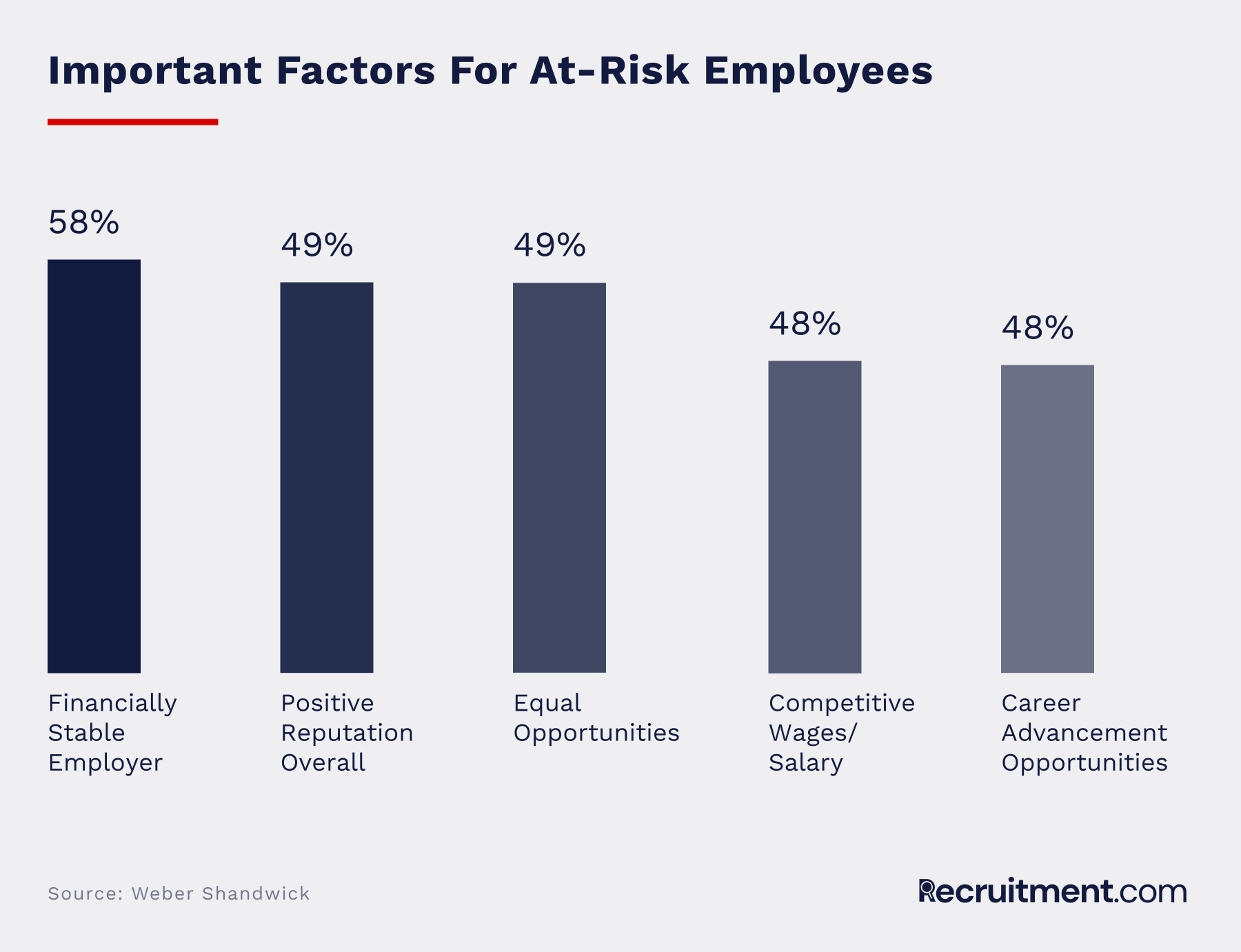How To Fix Your Employer Brand When It Impacts Recruitment

Sphoorti Bhandare has 10 years of experience writing about HR and technology.
Your employer brand is now synonymous with your overall brand image. One negative employer review on Glassdoor can hurt your reputation. And you need to understand how this power shift can affect your recruitment and ultimately, brand value.
Hiring the right candidate is essential to improving your company’s bottom line. But that is only half the battle. The other, important half depends on the candidate. You can offer unlimited vacations, great healthcare plan, rewarding tasks, and the candidate may still decline the offer. Why? Because of your employer brand.
With the rise of social media and the fall of unemployment (3.9% in the US), today’s job seekers and employees influence employer conversations.

Power Shift: From Employers To Candidates & Employees
Consider this: Google, Airbnb, Apple — some of Glassdoor’s Best Places to Work — have average employee retention of 24 to 32 months. Many recruiters believe that power has switched to the candidates instead of the companies in the recruiting process.
These companies run on employee-centric cultures, offering free gourmet food, paternity leaves, wellness services.
Yet, employee turnover is substantial.
In this dynamic candidate-driven era, a good recruitment program is not enough.
- Peer-review sites are guiding every decision, from choosing restaurants, movies to employers.
- Only 19% of employees feel the reality aligns with the image their employers promote.
- The global employee engagement rate is dismal.
- 32% of companies expect employee job-hopping.
- Mis-hires are increasing.
Any half-hearted attempt to build an employer brand, in this ecosystem, is unwise. It can instead limit your growth.
A quick way to assess your employer brand is to check whether or not your actions justify your recruitment policies and claims (re: "Best Place to Work").
If there is a disconnect, you not only alienate job seekers, you discourage current employees who are your primary audience and best brand ambassadors.
So, how does a negative or poor employer brand affect your company?

Benefits Of A Strong Employer Brand
- You can re-invest in your employees, helping them rediscover their passion and commitment to work.
- Your employees will praise and promote your brand organically.
- Your employees will recommend skilled candidates.
- You can nurture and encourage employee advocates.
- Your applicant pool quality and hire standard will improve by 54% and 9% respectively.
- You will experience lower new hire turnover and save close to $1.4 million on average.
- You will enable employees to give some of their most productive work years to the company.
- Your employee engagement and productivity will grow.
- Your ex-employees will leave positive reviews and may even come back to work.
- Your company will scale its revenue and business goals.
These benefits are great.
But, how do you develop an employer brand of tomorrow for today’s workforce?
How To Improve Your Employer Brand
Employees are your most important asset. And in this digital age, they define your company, its brand, voice, and personality.
If you cannot sell them your mission, vision, and goals from the recruiting stage itself, you may hire people who are either siloed, wrong-for-the-job, or living paycheck to paycheck.
Not an ideal value proposition to attract high-performance individuals.
Building an employer brand begins with understanding what brand image you want to promote.

1. Identify the problem
The first step is to compare employee experience with recruitment marketing.
You begin by talking to your employees and new hires, conducting engagement surveys and exit interviews, monitoring and engaging in online reviews and conversations.
This audit lets you identify issues in recruiting and retention. You learn:
- Are employees happy, engaged, and satisfied with their work?
- Have you mis-hired someone?
- How long is your recruitment process? Can you optimize it?
- Do your career page and social channels align with employer positioning?
- Do you highlight work culture in all recruitment collaterals?
- Do you explain and paint a realistic work environment in the hiring process?
- Do employee feedback and performance reflect your recruiting process?
You can use the insights to hone your strengths as a brand and attract talented candidates.
The second step — often overlooked — is to set up proper employee exits. Employees will come and go. And without a definite system, cognitive dissonance may develop within teams and disrupt engagement.
For example, a capable manager may receive a resignation or fire an employee. In their mind, these two scenarios create conflict: If she is a great employee, why does she want to leave? Or if I’m a good manager, why is she not performing well?
As a result, to subconsciously protect themselves, managers may behave irrationally toward the individual. This, in turn, will make the ex-employee view the company in a bad light.
Create resources and processes to help employees and managers transition to their next state. Organize training sessions for managers to equip them with the right mindset and materials.
You can also support employees in their job search, offer to rehire, or establish a community of alumni.
2. Set clear employer values
Without specific, clear values, your employer brand will fade out.
Take Patagonia for example. The outdoor clothing and gear company has a long history of protecting and enjoying the environment and public monuments.
So, when you see their employer brand promoting ‘unusual blend of work, play, family and environmentalism’, work policies like paid environmental internships, commute reimbursements, flex-time make total sense.
This strong commitment to their identity and values has translated to only 6% voluntary turnover among full-time employees.
When you take a stand and implement actions to support it, you will attract candidates who want to make a difference.
According to a Weber Shandwick Employer Brand study, employees aligned with your goals are more likely to recommend your company as a place to work, encourage others to use your products and even say they go above and beyond what the job requires.
So, ensure your values are well-defined and stay consistent from C-Suite to interns to drive your employer brand.
3. Encourage employee advocacy
Your employees represent your brand. And if you do it right, you can leverage their online presence to start a conversation and build an engaged community to support your customers.
Easier said than done.
Your employees share content that is relevant and important to them and their personal brand. They do not want to post company updates and sales offers.
Plus, not all of them use social media regularly, or have time, or want to talk about work online.
So if you ask employees to share, they will get turned off.
They need to feel the urge to share. For that to happen, you must focus on enabling transparent, two-way communication.
Put their needs first. See how you can help advance their personal brand. Then develop your employee advocacy strategy.
Create programs to recruit, train, and support employees to navigate social media. Arm them with best practices and social media and brand guidelines.
However, you may also want to control their online activities. Refrain from doing so.
Give employees the freedom to promote and shape your brand story.
If you do, you will notice growth in referral and direct traffic, net promoter score, and brand exposure.

4. Boost worker satisfaction
According to Gallup’s State of the Global Workplace: 2022 Report, the global employee engagement rate was a mere 21%, equating to $7.8 trillion in lost productivity – 11% of the global GDP.
Although the US and Canada reported the highest regional percentage of engaged employees, 63% of employees reported an active disengagement from work with a 50% daily stress rate.
The constant need to achieve short-term results and outdo your competition ultimately trickles down to your employees.
This always-on pressure creates a dehumanizing ecosystem where reports and compliance take precedence over risks and experimentation.
Such environments cannot sustain longer. Employees who want to grow will take another opportunity where their ideas and passion have a voice.
To engender a healthy employee base, both work and work environment matter.
Understand what is stopping employees from giving their 100% to the tasks. Do they want transparency in company goals? Do they want to work with other departments? Does management promote an open platform to share and execute ideas?
- Organize cross-functional team activities to break employee silos.
- Set contexts and goals and let employees execute tasks using methods they think are the best.
- Form peer groups to promote learning and passion.
Or follow Facebook’s Hackamonth example. Let employees join a different team to solve a specific challenge every year. This broadens employees' viewpoints, information-sharing, and brainstorming.
Conclusion: Encourage Open Communication
Hiring and retaining talented workers is only going to be tougher. Whether your employer brand is small, unremarkable, or bad, you will need to use it to communicate, convince, hire, and keep capable employees.
So, identify what you do best, listen to your employees and candidates, and encourage open communication to strengthen your employer branding strategy.
- What's the state of your employer brand?
- Which employer branding strategies have you used?

Sphoorti Bhandare has 10 years of experience writing about HR and technology.






